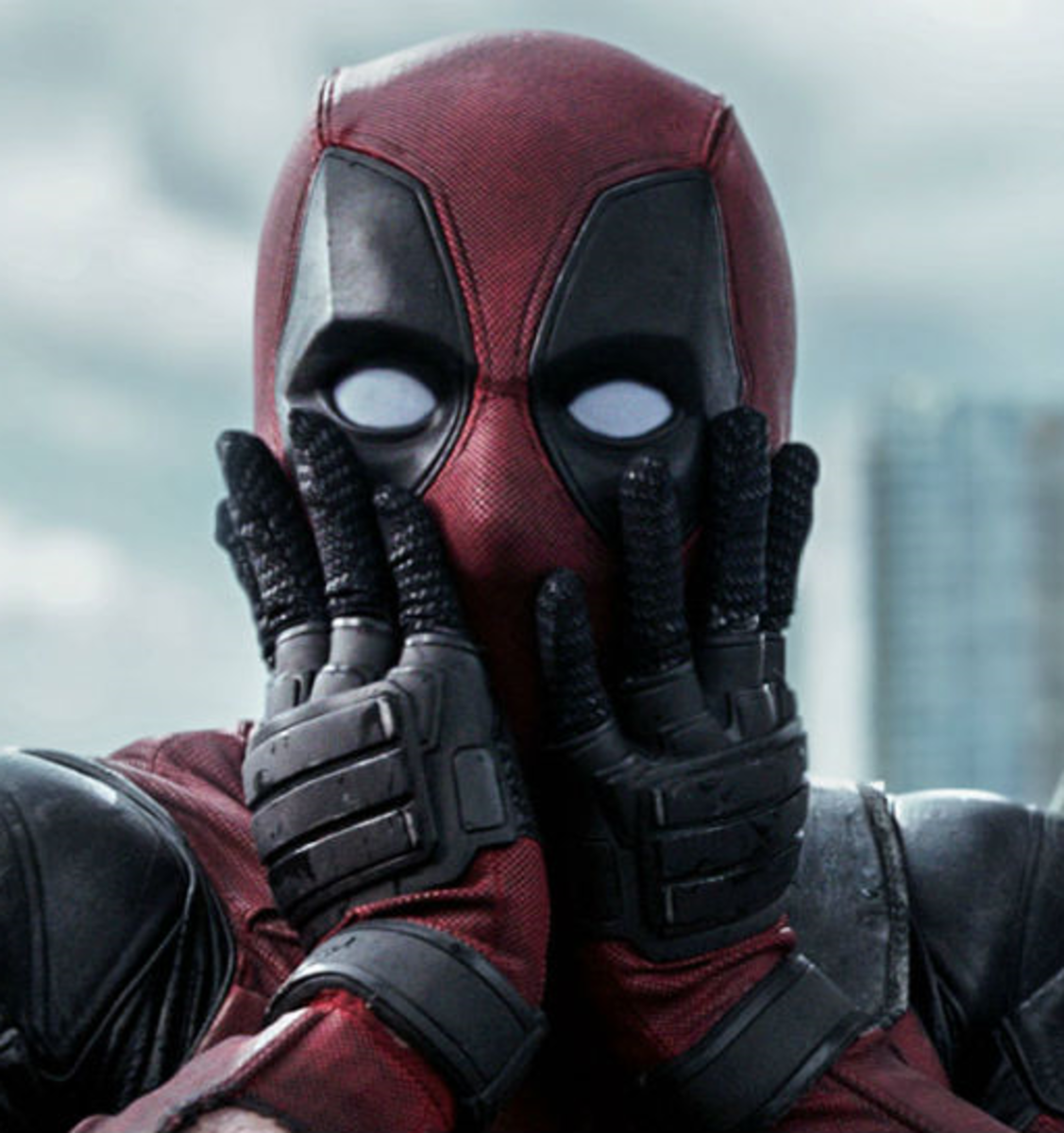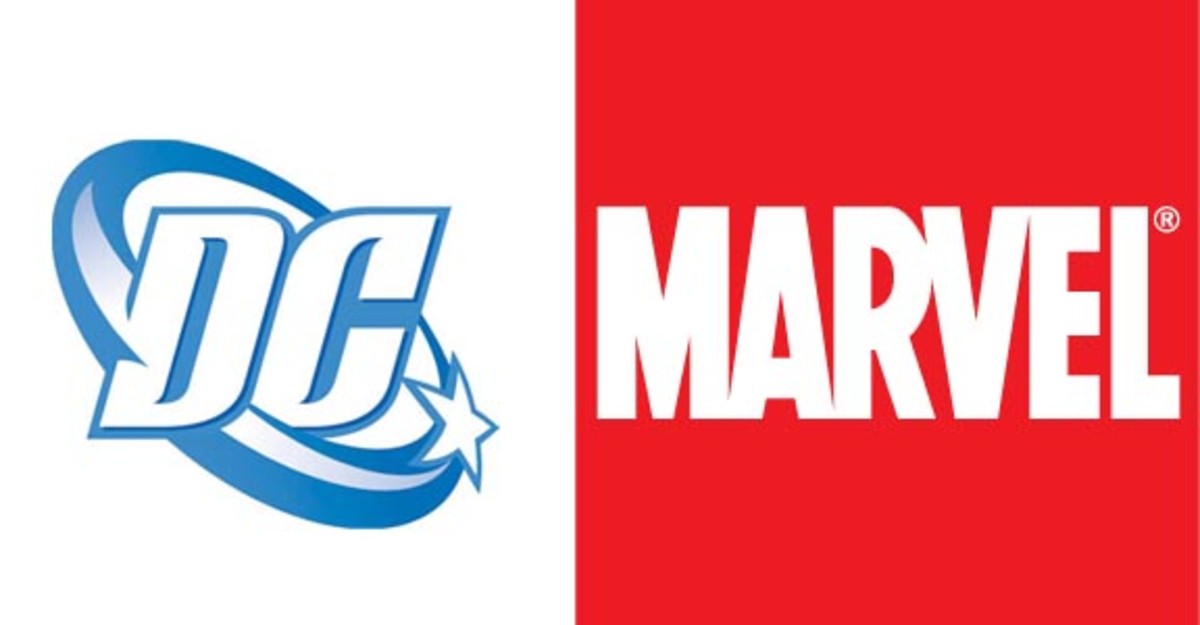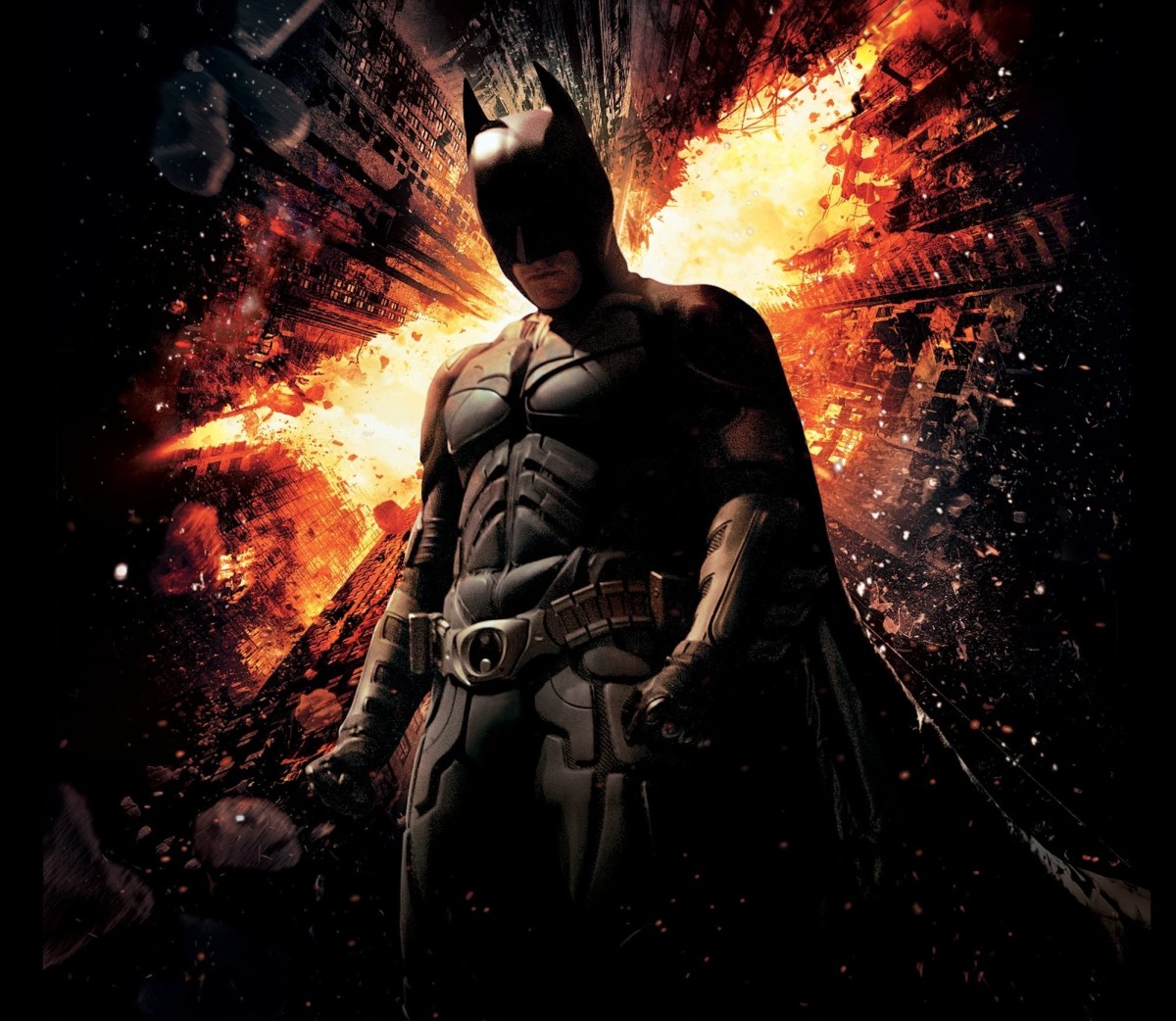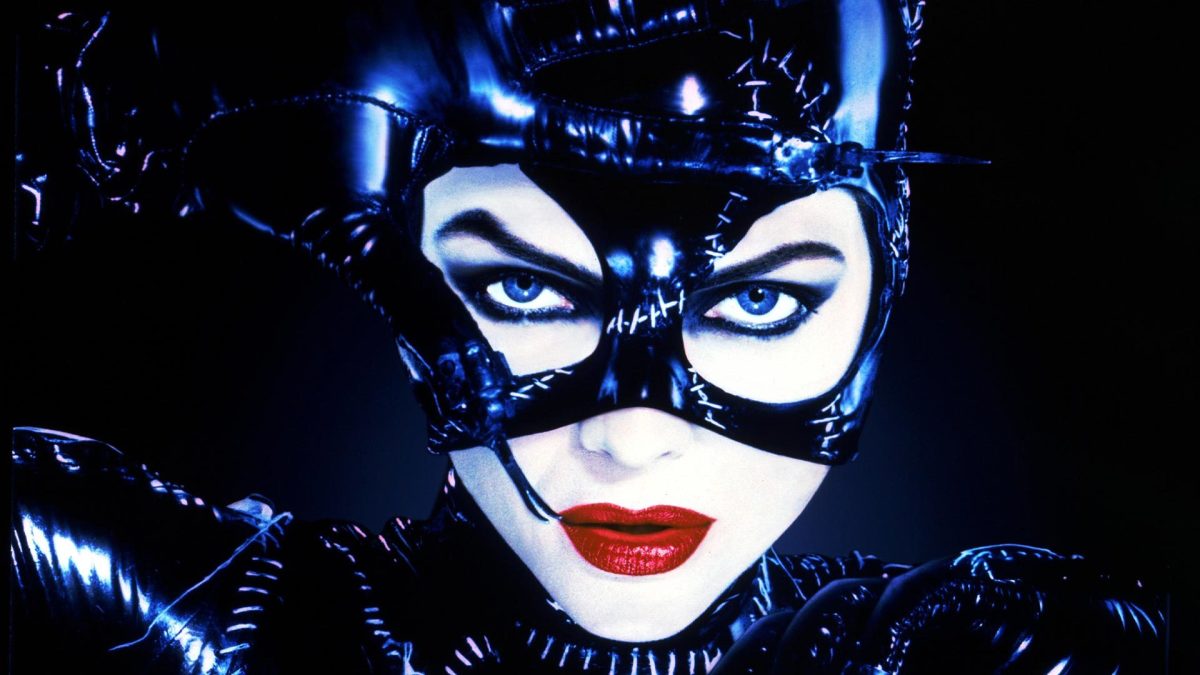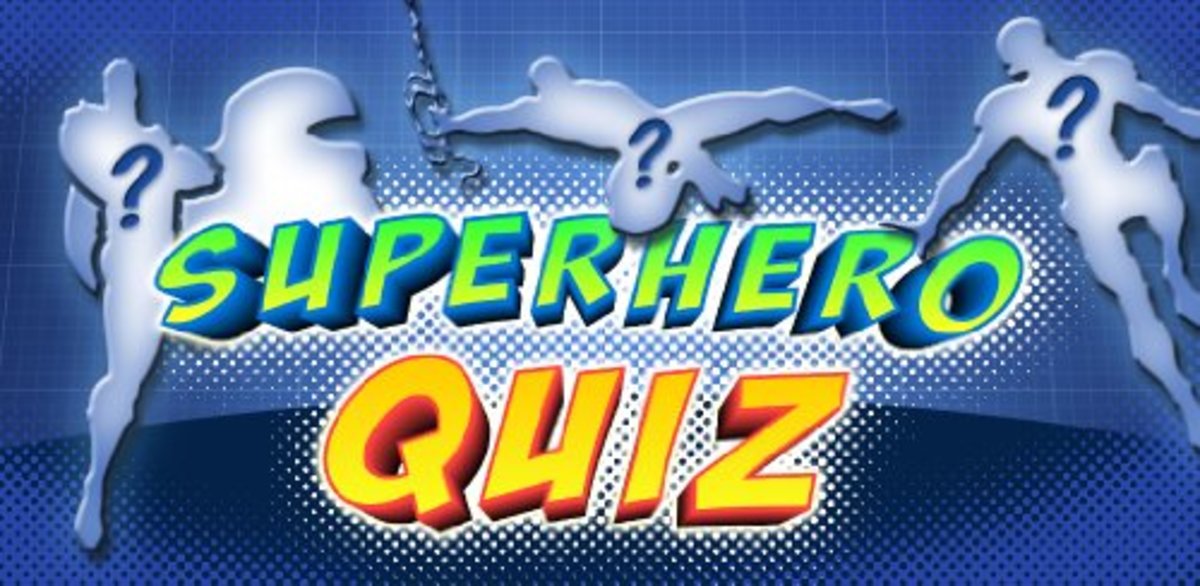- HubPages»
- Entertainment and Media»
- Movies & Movie Reviews»
- Science Fiction & Fantasy Films
Five Annoying Changes Hollywood Made To Superheroes
You never expect Hollywood to do faithful adaptations. This is true with novels and plays, and is especially true with comic books. Producers will give their reasons why the original story was just not right for film, why the story needed to be altered, sub plots eliminated, and characters jettisoned or combined while new characters were introduced. Since movie adaptations beget sequels which beget entire franchises of movies, changes to the canon made in the first film usually last through every movie that follows. Even television adaptations, both live action and cartoon, have introduced major alterations to the original canon that have since been used in all the adaptations to follow. Fans of the comic books are usually critical of any alteration. They know the history of their favorite superheroes and reject any changes. But some alterations have generated more complaints than others. Below are the five most hated of these alterations.
#1. The 'S' On Superman's Uniform Is A Symbol From Krypton
In the 1978 film Superman, we first see the 'S' symbol on Jor-El's chest back on Krypton. It is apparently an important Kryptonian symbol, which is why Kal-El ( Clark Kent ) wears it on his uniform. The 'S' would remain a Kryptonian symbol in later Superman adaptations such as the series Smallville. In the most recent adaptation Man of Steel ( 2013 ) it is revealed the symbol stands for 'hope', although it has also been called the El's family crest.
The Original Version:
Obviously the 'S' stands for 'Superman'. While the movies have also suggested that Superman's uniform had been sent over in the rocket with the infant Kal-El, with instructions for him to wear it once he has reached adulthood, this was not the case in the original Superman canon. In the comic books Kal-El's adopted mother Martha Kent used the threads from the blankets that Kal-El was wrapped in to create a uniform for her son. Blue tights, red shorts, red cape and an 'S' on the chest. Kal-El had already made up his mind that he would be called Superman when fighting crime and rescuing people, and the mild mannered Clark Kent as his secret identity. Not only did he want a flashy red and blue circus acrobat style uniform, but the 'S' so that there was no question he was Superman. Yep, Superman was originally an egotistic dick.
#2. Alfred Raised The Orphaned Bruce Wayne
In Tim Burton's Batman ( 1989 ) it is revealed that Alfred had raised Bruce Wayne after both his parents were killed during a holdup. This would remain the case through all the following Batman films, and would even become part of the comic book canon.
The Original Version:
Alfred could have not raised Bruce Wayne because they did not meet until Bruce was an adult. In the original comic book, Alfred Pennyworth first showed up on Bruce Wayne's doorstep long after he had become Batman and had already adopted Dick Grayson. Alfred was the son of the Wayne family's former butler, and informed Bruce that he had come to America to continue the tradition. While he is initially allowed into Wayne Manor, both Bruce and Dick wanted to get rid of him because of their secret identities as Batman and Robin. But Alfred discovers the entrance to the Bat Cave, which gives the Dynamic Duo no choice but to keep him. Alfred was created to be the book's comic relief, but was otherwise a useless character. So useless that in 1964 his character was killed off. There had been accusations that Bruce and Dick had a homosexual relationship, and to counter this D.C. decided to replace the Alfred character with a female character, Dick's Aunt Harriet who moved into Wayne manor almost immediately after Alfred's death. Harriet would take over as the comic relief, although would never discover Bruce and Dick's secret identities. When the 1966 Batman television series used the Alfred character, he became popular again. D.C. decided to revive him. In the comics Batman had been fighting a mysterious villain called The Outsider who's identity remained a mystery for two years. Finally it was revealed that the Outsider was Alfred, who had been brought back to life by a mad scientist, but in the process had turned into the insane creature known as The Outsider. Batman was able to turn The Outsider back into Alfred, who conveniently had no memory of what he had done the previous two years. Soon after the Aunt Harriet character was retired from the book. A few years later even Robin was retired when Dick Grayson went off to college.
Since the D.C. comics had long ago introduced the idea of a multiverse with hundreds of alternate realities, one reality had been established prior to the Burton film where Alfred raised Bruce. The inconsistency with the original Batman comics had been explained as both events happening in parallel universes. The multiverse concept was disliked by all comic book fans. Very often a major character was killed off or a hero's identity outed, only for the last panel to reveal these events occurred in one of the alternate universes. Too often sloppy continuity in the canon was explained as stories coming from the alternate worlds. Entire story arcs were done away with for these reasons when a new editor took over one of the D.C. books. After years of complaints from readers, D.C. finally decided to eliminate the multivers concept with the cross-over series Crisis on Infinite Earths where most if not all of the alternate universes were destroyed. It was assumed that Bob Kane's original Batman stories were the accepted canon. But his canon was abandoned shortly after Tim Burton's Batman movie was released, and the canon where Alfred raised Bruce Wayne was adopted as originating from Earth Prime. Perhaps the editors at D.C. felt that Burton had come up with a better back story for Alfred than Bob Kane had, or perhaps they simply wanted the comic book to match up with the canon established in the movie. After all, how many Batman readers could remember comics written 40 years earlier? And they had already trashed a decent villain in order to revive Alfred just so their comic could match up with the canon established on the television show. But there is a huge problem with this version of events. It is doubtful that the Waynes would have made their butler the godfather of their only child. Even if they had, the courts would have certainly awarded guardianship of Bruce to his closest living relative, even if it was a distant uncle five times removed. What relative would not want to get their hands on the Wayne fortune?
#3. Spider-Man Has The Power To Produce Webs From His Wrists
In Sam Raimi's Spider-Man ( 2002 ) Peter Parker is bitten by a radio active spider which gives him it's abilities, including the ability to climb walls, and shoot webs from his wrists.
The Original Version:
This was not the first time it was suggested Spider-Man had the ability to produce his own webs. In the 1977 live action television series, Spider-Man claims that he has the ability to make webs, and everyone believes him, despite the obvious large metal web shooter on his wrist. For a while it looked like Raimi had changed the canon. The animated cartoon that followed had Spider-Man shooting webs out of his wrist. In the original Spider-Man comics, Peter Parker had invented a super glue that was temporarily liquid when sprayed out of a canister, but quickly turned into something resembling a web. This he used to snare criminals and to create the ropes he used to swing Tarzan style from building to building. He did it with his other invention, the wrist web shooter, a small metal wristband and canister of web fluid that was activated by a trigger in the palm of his hands. By putting his index finger into the palm of his hand he was able to shoot webs from his wrists. After an hour or so the web would disintegrate, otherwise the city would have ended up covered in unremovable cobwebs.
Spider-Man's web shooters were the coolest thing in the comic book, and perhaps the most iconic thing about the character. So it was a shame that Raimi saw a need to get rid of them. It has been pointed out by many Spider-Man fans that if Parker had acquired the ability to shoot webs, then they should have shot out of his ass. Spiders secrete their silk from spinnerets on their rear ends, and not from their legs. The comic book had Spider-Man shooting webs from his wrists so that the web shooters could be used like guns, so that Spider-Man could use them to swing, and because the Comic Code Authority would have never allowed butt webs. Thankfully this change in the canon is not permanent. When the Spider-Man movie franchise was rebooted, the mechanical web shooters were reintroduced.
#4. Bruce Banner Became The Hulk Due To A Lab Experiment Gone Wrong
In the 1977 television movie The Incredible Hulk, scientist David Banner ( Bill Bixby ) purposely doses himself with Gamma radiation. He had been studying a phenomenon where people somehow gained super human strength when a family member was in danger. After discovering these events happened at the same time the sun was giving off high levels of gamma radiation, Banner decides to douse himself with gamma radiation to see if it gives him superhuman abilities. But he does not realize that someone had reset the machine that gives off gamma rays, and ends up giving himself an extremely high dose. The result is that whenever he gets angry he turns into a big green powerful monster known as The Hulk. The movie was a success, as was the followup movie The Return of the Incredible Hulk ( 1977 ), and a full series soon followed. Throughout the series, the lab accident was shown during the opening credits. Ang Lee's big screen adaptation, simply called Hulk ( 2003 ), gave a more convoluted origin. During the 1960s scientist David Banner injects himself with mutant DNA which he thinks will give him super human healing abilities. This mutant DNA is passed on to his son, Bruce Banner. In the present Bruce Banner, who also became a scientist, begins experiments on nanomeds. In a lab experiment gone wrong, Bruce is first accidentally exposed to the nanomeds, then doused with Gamma radiation from a broken lab machine.The combination of the nanomeds, the exposure to high doses of gamma radiation and his mutant DNA cause him to turn into the Hulk whenever he gets angry. A lot of people disliked the Ang Lee film, so Marvel decided to release a semi-reboot. While The Incredible Hulk ( 2008 ) takes place where the first movie left off, with Bruce Banner hiding in South America while looking for a cure to his Hulk problem, it had a completely different origin. In the opening credits we see a montague that shows the Hulk's origin, only this time Bruce Banner deliberately douses himself with Gamma radiation, and then immediately turns into The Hulk in the lab. Most of the back story from the first movie was changed, including any mention of his father, mutant DNA, or the nanomeds.
The Original Version:
In the comic book Bruce Banner is a scientist working on a nuclear weapon that gives off gamma radiation when detonated. During the countdown for the bomb test, a clueless teenager drives onto the test site. Banner races out to save the kid, but just as he pushes him into a bomb shelter the bomb goes off. Banner is exposed to the gamma blast, yet somehow survives. For the first few issues Banner turned into the Hulk whenever the sun set, and back into Banner when the sun came up. Over the next few years the comic evolved. Banner discovered a way to retain his intelligence after transforming into the Hulk, and built a gamma ray machine that allowed him to turn into the Hulk and back into Banner whenever he wanted. The Hulk became a superhero. He even co-founded The Avengers. But that did not last long. Stan Lee realized an intelligent Hulk was no fun at all. So Banner's machine began to malfunction. He not only lost the ability to turn into the Hulk at will, but no longer retained Banner's mind, becoming once again a mindless brute. Now whenever Banner became angry he would transform into The Hulk, and there was no way of telling when he would revert back to Banner.
Producer Kenneth Johnson had said that the changes he made for the Hulk television series was to make the character more believable and acceptable to the average television viewer, most who were not comic book fans. Others suspect that the real reason for the changes made was for budgetary reasons. It was cheaper for Banner to gain his powers from a lab accident rather than the special effects needed for a nuclear bomb going off. Similarly, eliminating characters from the comic book, such as General Ross and his daughter Betty Ross, meant not paying for their royalties. Since Bruce Banner counted as a separate character than the Hulk, renaming him David made him an original character to the show, and not a character Marvel owned. A Hulk that fought armies, smashed entire tanks, was able to leap miles across country, could knock down buildings and even destroy entire mountains, was too expensive. On the other hand, a Hulk that had the strength of a body builder, and at best cold punch holes through walls and turn cars over with much effort, was cheaper to film. Even not giving Lou Ferrigno any lines, but instead having him grunt and yell, meant they could pay him less money. There was one change Stan Lee would not allow made for the series. Johnson wanted the Hulk to be red. Lee insisted the television Hulk remain his iconic green color.
Television adaptations of Marvel characters were notorious for deviating from the source material, and the Hulk series deviated the furthest. The show was a huge hit, lasting five seasons. Among the millions of viewers who watched it, only a fraction actually read the comic book. For them the television series was the definitive version of The Hulk. So when it cametime to make the movies, the series was reference a lot. One of the best lines from the series happened during the fist episode. While being harassed by a reporter investigating rumors of a green giant, David Banner warns him "Don't make me angry. You wouldn't like it when I'm angry." This scene remained part of the montague during the regular series opening credits, and was shown in every episode. The line is used again for a closing joke in Ang Lee's Hulk, when Banner is being harassed by guerrillas in South America, shortly before a fade out where you hear the Hulk attacking the men. It was used a couple more times as a gag in The Incredible Hulk. Producers of both films realized that most of the audience was more familiar with the television series than the comic book. They would be more familiar with the lab accident than the version were Banner is exposed during a bomb test.
#5. Jor-El Still Lives At The Fortress Of Solitude
In 1979's Superman: The Movie, the planet Krypton is about to explode. Their greatest scientist, Jor-El, tries to warn the elders that the planet is doomed, but they refuse to believe him, or give him the resources he needs to build a fleet of rockets so all Kryptonians could escape the destruction. On his own Jor-El can only build a single small rocket, just large enough for a baby. This he uses to rescue his infant son, Kal-El, who is blasted into space just moments before the planet blows up. So far the movie follows the same origin story as the original comic book. Why wouldn't it. By the 70s Superman had become such an iconic character that everyone knew his origin tale. The rocket crashes on Earth and is discovered by Martha and Johnathan Kent who immediately decide to adopt the orphan that emerges from it. Once again, no different than the comic book. But then a grown up Clark Kent finds the rocket his parents hid in the barn. Removing a green crystal from the spaceship, he travels to the arctic where the crystal turns into his Fortress of Solitude. The comic book had never mentioned where Superman's fortress came from, so this was not really straying from the original canon. But then, once inside the fortress, Clark activates a hologram of Jor-El which can not only talk, but have an actual conversation. In other words, the hologram has Jor-El's intelligence. An interactive Jor-El would be more prominent in the series Smallville. There would be no hologram this time, just a disembodied voice. But this time Jor-El was far more intelligent to the point that he was sentient. Not only could this Jor-El argue with Clark Kent, but argue with Jonathan and other characters the original Jor-El never met while alive. He could even strip Clark of his powers whenever whenever he felt it neccessary. This was more than just a few memory crystals, this was the entire intelligence of Jor-El living on inside the Fortress of Solitude.
The Original Version:
Jor-El died. He died along with the rest of his race. The last we ever see of Jor-El and his wife Lara is both of them staring at Kal-El's rocket as it leaves the panet, followed by. The closest Jor-El ever came to living on as a presence at the Fortress was a statue of him and Kal-El's mother Lara, something Superman made to remind him of his parents. While in the years that followed Clark would discover other Kryptonians that survived their planet's destruction, including his cousin and his pet dog, his unlucky birth parents bit the dust. The comic would eventually introduce an interactive recording of Jor-El, but unlike the movie versions, the recording could not have conversations, but rather repeat pre-recorded speeches. Hollywood wanted Jor-El's spirit to continue living through advanced Kryptonian technology, possibly as his actual intelligence downloaded into a computer. So basically, Jor-El is still alive. It waters down the drama of Superman's origin, but there you go.

